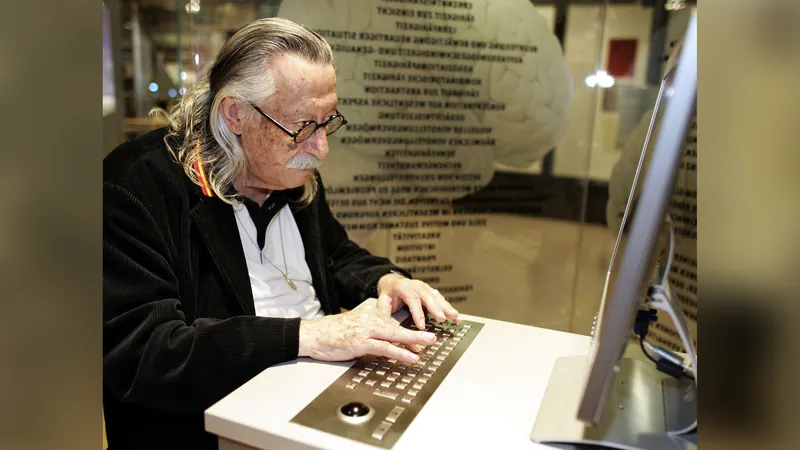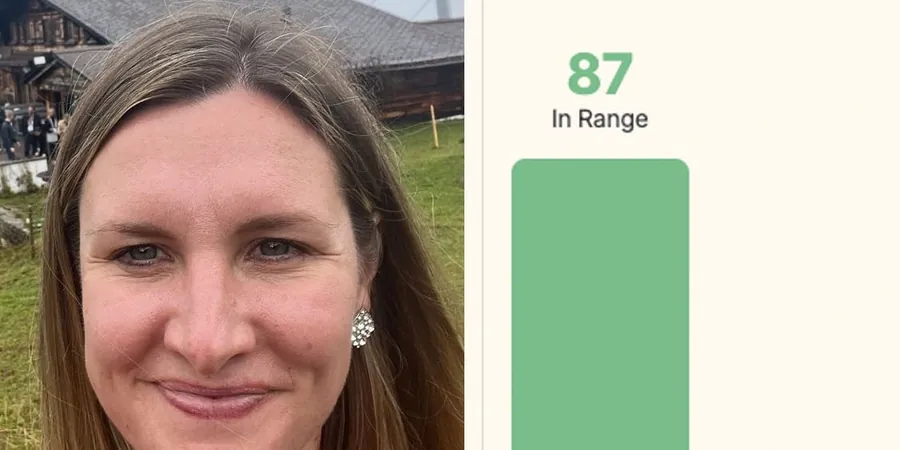
The Revival of ELIZA: Meet the First Chatbot Resurrected After 60 Years!
2025-01-18
Author: Ken Lee
The Revival of ELIZA
Scientists have successfully resurrected "ELIZA," the pioneering chatbot that took its first digital breaths six decades ago, and astonishingly, it still operates remarkably well.
An extraordinary team of "software archaeologists" has unearthed long-lost code from the depths of MIT archives, enabling them to breathe new life into this historical artifact. Developed in the 1960s by MIT professor Joseph Weizenbaum, ELIZA was undoubtedly ahead of its time. Named after Eliza Doolittle from the classic play "Pygmalion," the chatbot's foundational goal was to simulate conversation in a manner akin to a psychotherapist.
Weizenbaum programmed the original chatbot with a script called "DOCTOR," in which ELIZA would engage users by asking probing questions. For instance, if a user stated, "Men are all alike," ELIZA would respond with "In what way?" This design foreshadowed many of the conversational techniques employed by modern AI systems.
The original code, written in an obscure programming language called Michigan Algorithm Decoder Symmetric List Processor (MAD-SLIP), eventually fell out of use. However, it was swiftly translated into Lisp, a much more mainstream language at the time, which contributed to ELIZA's viral popularity in the early days of the internet.
The code appeared to be permanently lost until 2021 when cognitive scientist Jeff Shrager and MIT archivist Myles Crowley stumbled upon it among Weizenbaum's papers. According to Shrager, the revival of ELIZA is as much an exploration of early AI thought as it is a technical achievement. He emphasized, “Having computer scientists' code is as close to having a record of their thoughts.”
The task of reanimating ELIZA was not without its challenges. The team had to clean and debug the 420 lines of code, while also creating an emulator to mimic the hardware ELIZA would have run on in the 1960s. On December 21, they saw their persistence pay off – for the first time in 60 years, ELIZA was functioning again.
Interestingly, during their revival, they discovered a bug in the code that caused the program to crash when numeric input was entered. Instead of fixing this glitch, the team chose to preserve it for authenticity, likening the decision to refraining from correcting a blemish on the Mona Lisa.
One captivating aspect of ELIZA, according to Shrager, is how it actively engaged users and encouraged conversational flow, setting it apart from many modern chatbots that merely complete user sentences. Despite its simplicity compared to today's advanced language models like ChatGPT, ELIZA impressively holds its own in discussions, reflecting the ingenuity of its era.
The resurgence of ELIZA not only showcases the historical trajectory of artificial intelligence but also reiterates the importance of preserving the cultural heritage of computing. Digital humanities professor David Berry argues that understanding this lineage is critical, as it bears a striking resemblance to artistic masterpieces of the past.
In an age where technology is often viewed as new and innovative, Berry asserts that recognizing the importance of early computing inventions is crucial. Without these historical pieces, we risk losing vital chapters in the story of human progression in technology. ELIZA stands not just as a curiosity but as a reminder of where we’ve come from and the potential for where AI might go next.


 Brasil (PT)
Brasil (PT)
 Canada (EN)
Canada (EN)
 Chile (ES)
Chile (ES)
 Česko (CS)
Česko (CS)
 대한민국 (KO)
대한민국 (KO)
 España (ES)
España (ES)
 France (FR)
France (FR)
 Hong Kong (EN)
Hong Kong (EN)
 Italia (IT)
Italia (IT)
 日本 (JA)
日本 (JA)
 Magyarország (HU)
Magyarország (HU)
 Norge (NO)
Norge (NO)
 Polska (PL)
Polska (PL)
 Schweiz (DE)
Schweiz (DE)
 Singapore (EN)
Singapore (EN)
 Sverige (SV)
Sverige (SV)
 Suomi (FI)
Suomi (FI)
 Türkiye (TR)
Türkiye (TR)
 الإمارات العربية المتحدة (AR)
الإمارات العربية المتحدة (AR)